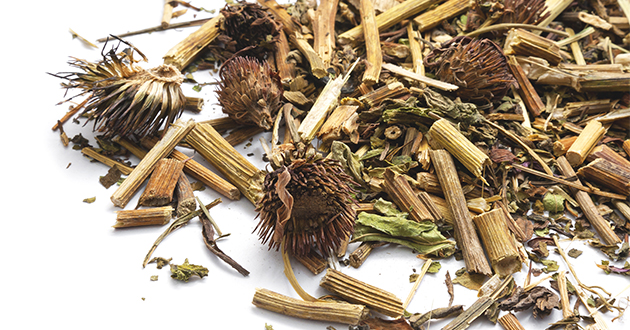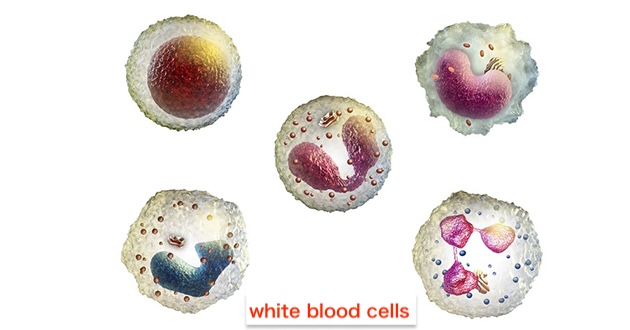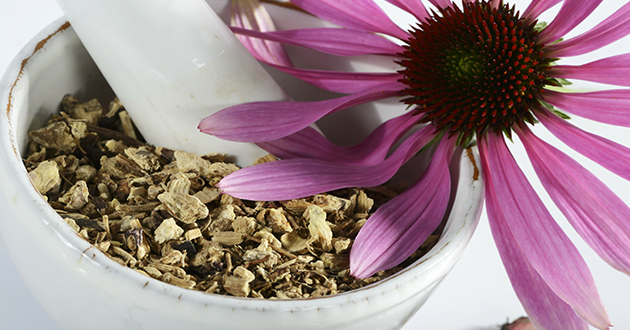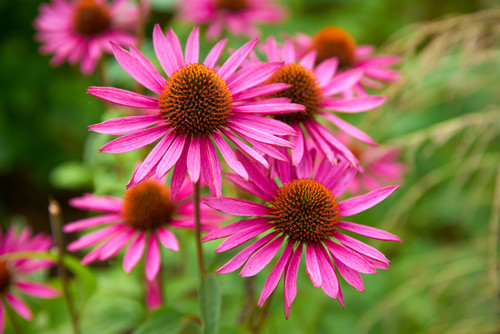Echinacea Immunebooster- Most Effective Use
Echinacea Immunebooster- Most Effective Use
Echinacea, a plant native to North America, is highly valued in natural medicine. Native Americans have long used it to help the immune system, fight off infections, and deal with bites from animals and snakes, as well as to heal cuts and wounds. This plant comes in three types: Echinacea purpurea, Echinacea angustifolia, and Echinacea pallida. All of them are good for boosting immunity, but Echinacea purpurea is often seen as the most effective. The whole plant, including the flowers, leaves, stems, and roots, can be used for health benefits. However, the roots are especially powerful in terms of their healing properties.

Echinacea Benefits
1. Echinacea enhances the immune system differently from antibiotics, which kill bacteria directly. Instead, it boosts the number of white blood cells and their activity, contributing to a more robust immune response.

Research indicates Echinacea's primary role is to stimulate the movement and efficiency of leukocytes (white blood cells), which are crucial for engulfing and eliminating harmful substances in the body. This highlights Echinacea's vital role in medicinal applications.
2.Echinacea is effective against a range of pathogens, including viruses, bacteria, and other infections.

The entire plant, particularly its flowers, leaves, stems, and roots, works similarly to interferon, a protein that combats viruses, with the roots especially known for prompting the body to produce more interferon. Echinacea also possesses the ability to block hyaluronidase, an enzyme that viruses use to penetrate and control cells. This action helps prevent viruses from spreading, thereby limiting the extent of infection.
3.Echinacea is beneficial in reducing inflammation and improving blood circulation, which can lead to decreased mucus production and swelling.

This effect significantly reduces tissue death (necrosis) in the skin and other cells. Moreover, the compounds found in Echinacea can accelerate wound healing, and this benefit is particularly evident when applied directly to wounds. This topical application contributes to quicker recovery and healing of injured areas.
How Much Echinacea Is Taken

For the prevention and chronic conditions,
2-3 grams per day for dried Echinacea root
3-5 ml for an alcoholic extract
For the standard extract, take 300-600 mg
For the case of acute condition
4-6 grams per day
3 to 9 ml in the case of alcoholic extracts
600 to 900 mg in the case of standard extracts
The recommended dosages provided are calculated for an individual weighing 150 lbs. The appropriate dosage for a child weighing 55 lbs is roughly one-third of this amount, while for a child weighing 100 lbs, it should be approximately half. Additionally, the effectiveness of herbs is often amplified when they are used together compared to when they are taken alone. Combining echinacea with other immune-boosting herbs like andrographis and astragalus can significantly enhance the overall strengthening of the immune system.
Possible Issues Using Echinacea
While Echinacea is generally recognized as safe and non-toxic, even in large quantities, it's important to approach its use with informed caution. Despite its broad suitability for various age groups, from young children to the elderly, individual responses can vary. Echinacea is particularly beneficial at the onset of a cold or to help manage its spread.
Echinacea is not only therapeutically beneficial but also an aesthetically pleasing garden plant. It is relatively easy to grow, either from seeds or by dividing existing plants, and it produces numerous striking purple flowers, making it a valuable addition to any garden. However, it's crucial to consult healthcare professionals before starting any herbal regimen, especially for those with pre-existing conditions or those taking other medications.
* These statements have not been evaluated by the Food and Drug Administration. This product is not intended to diagnose, treat, cure, or prevent any disease.

 US Dollar
US Dollar

